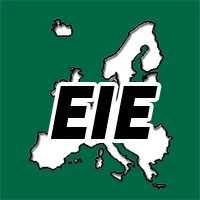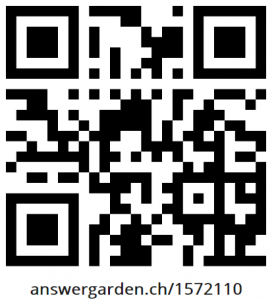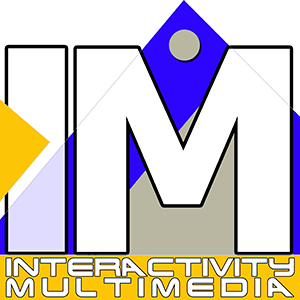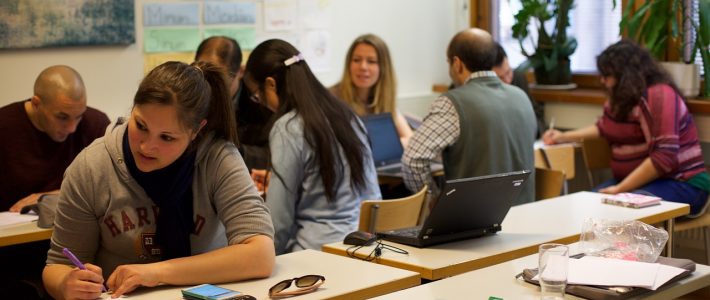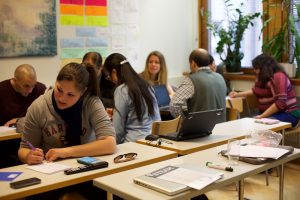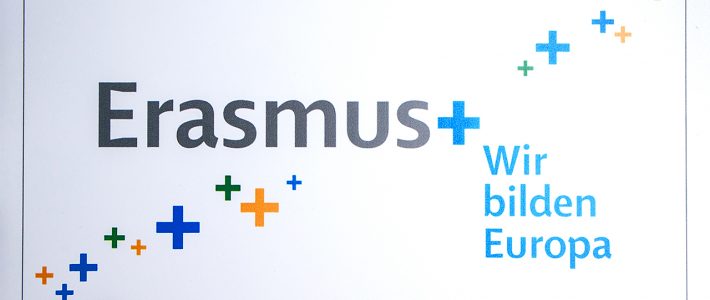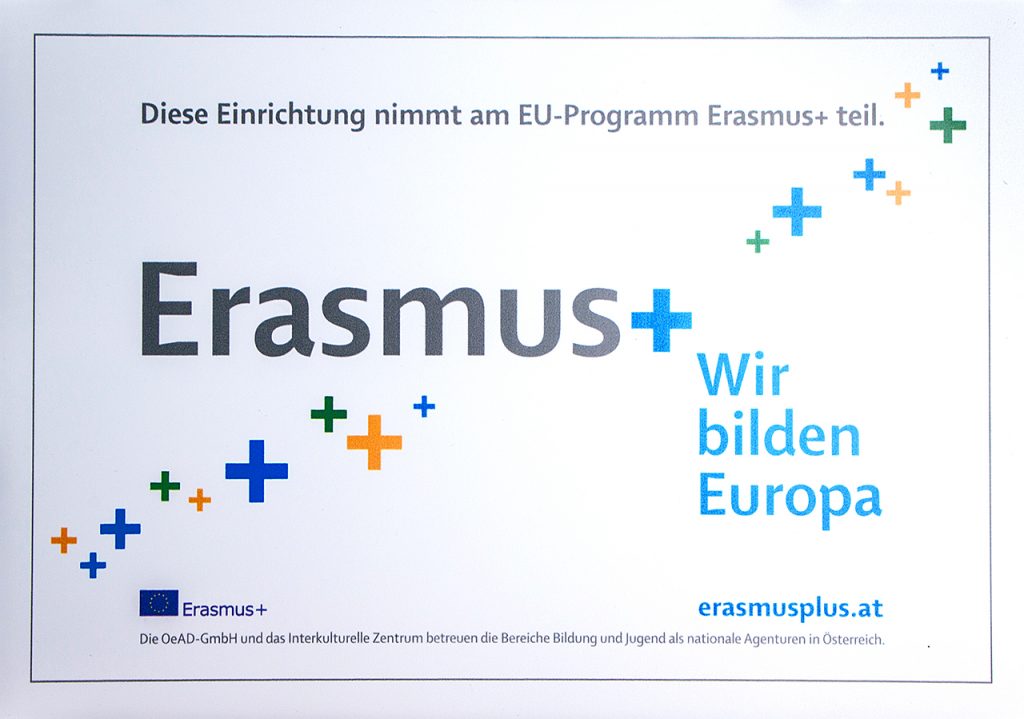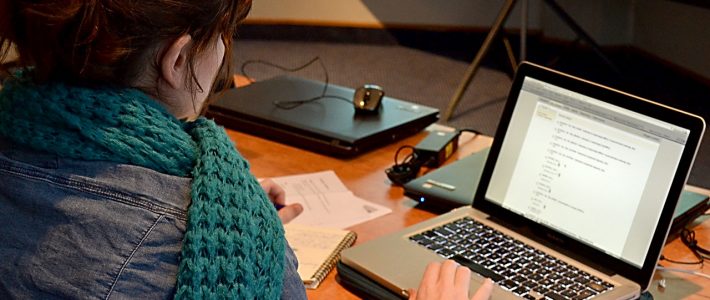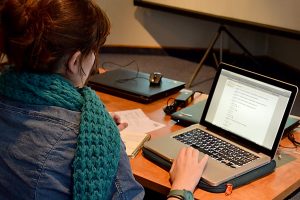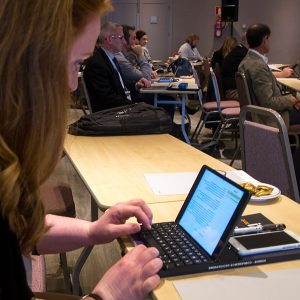Which devices do your students/learners use?
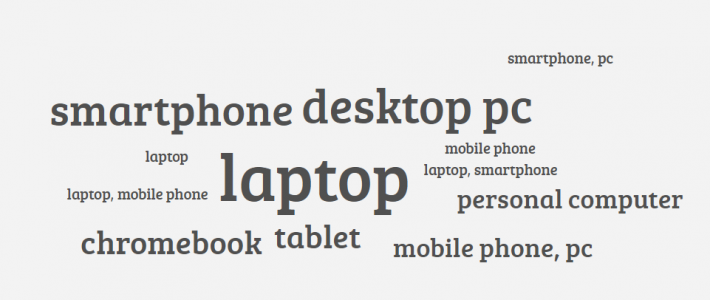
To use multimedia and interactivity learners must be equipped with modern devices that enable to display the content. In addition, it must be possible to work with this content, which includes not only viewing and reading but also saving, changing or creating new content.
The extent to which these activities are carried out often depends on the type of training. Language learning, for example, might be structured differently than learning scientific content.
The first step in our project is to get an overview about the used devices in modern, technology-enhanced learning. Therefore, we did a small survey among trainers, friends and former or current project partners.
You still may contribute to the brainstorming survey. Use the QR-Code and enter your prefered device in this AnswerGarden form.
